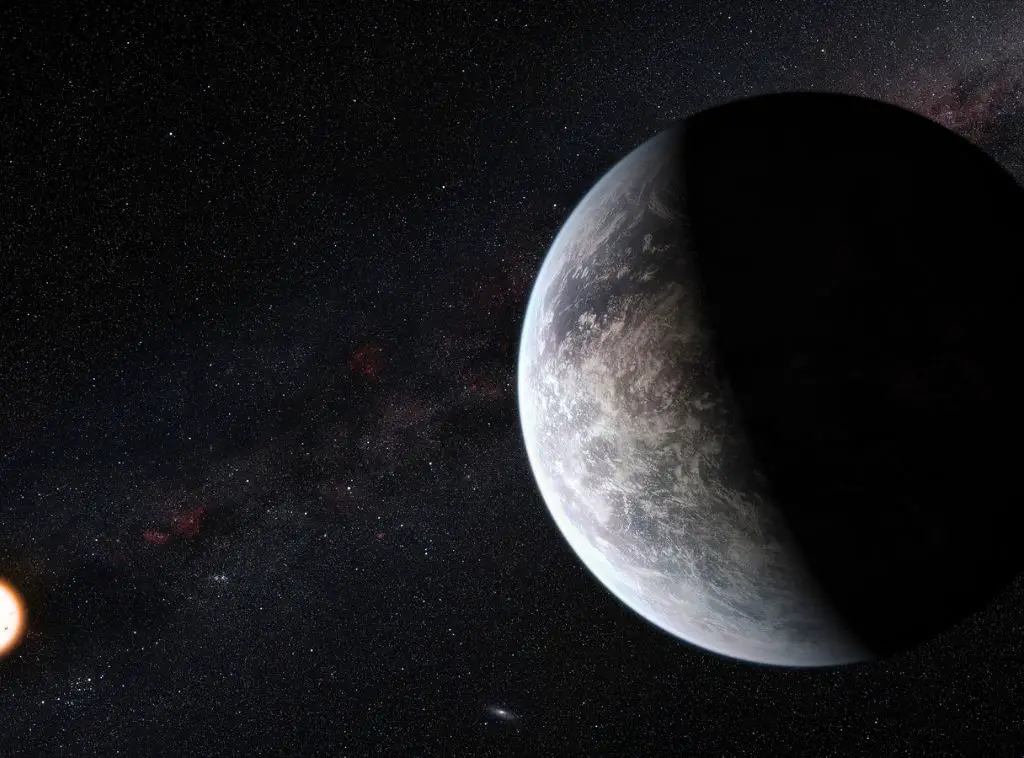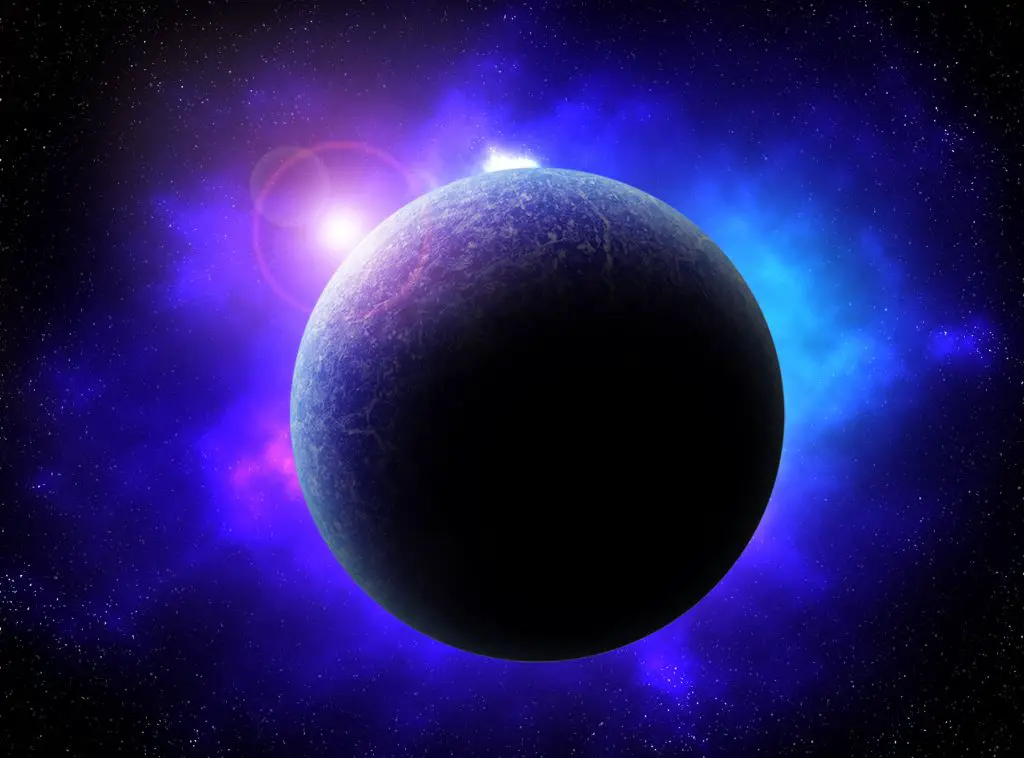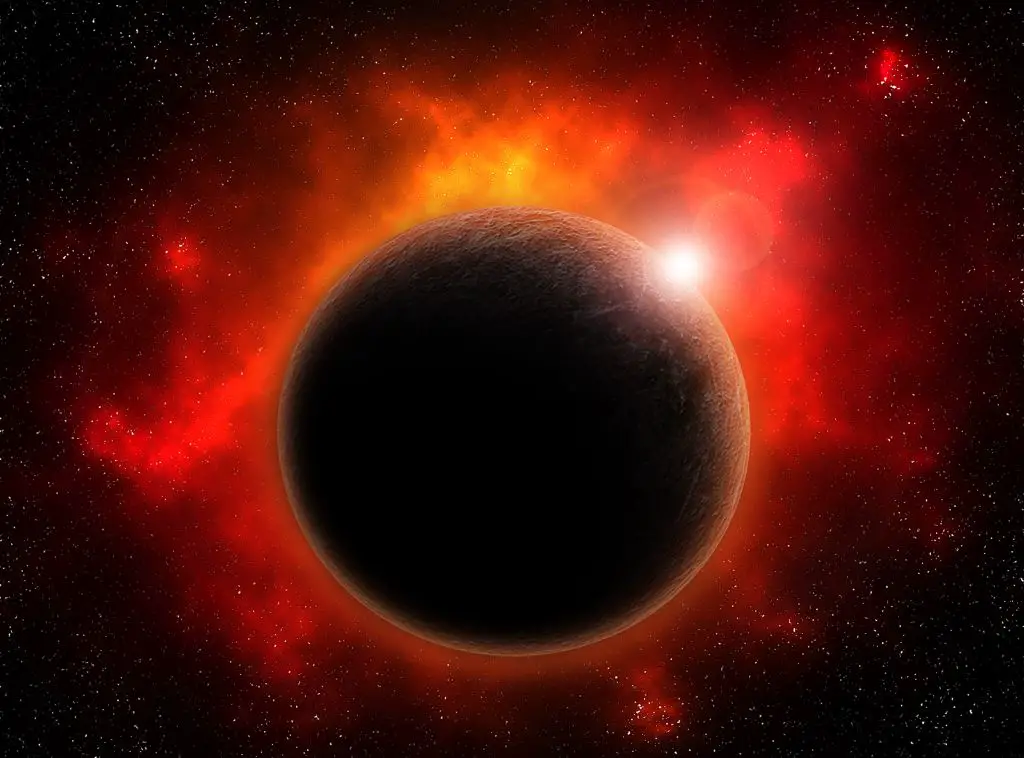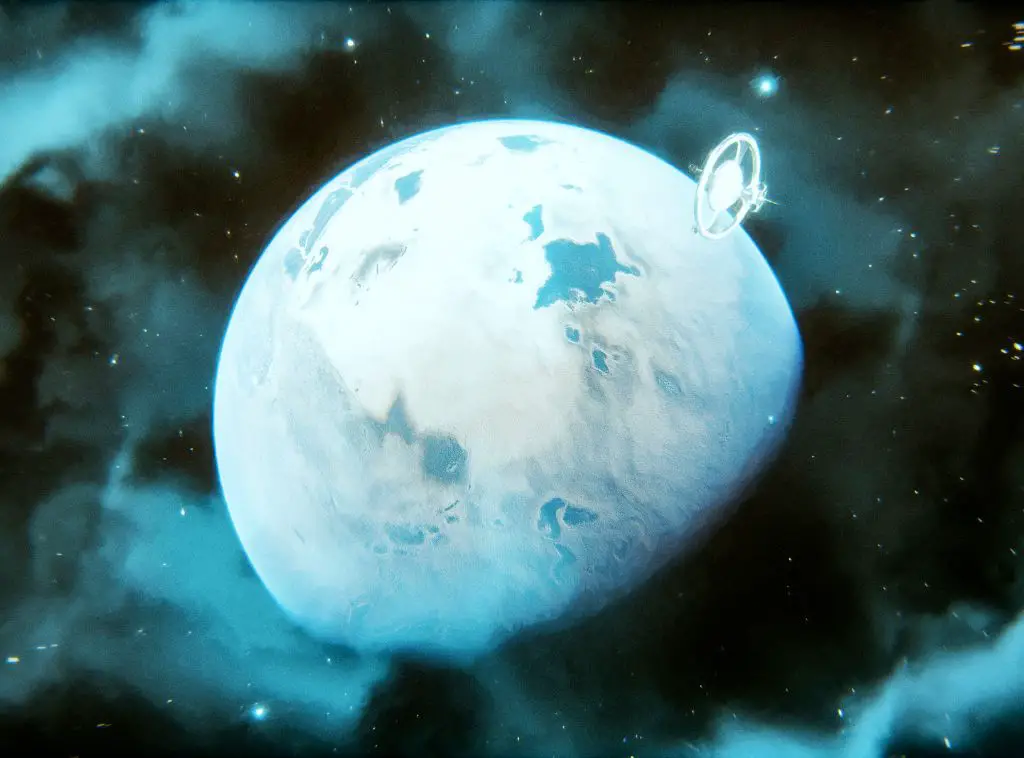Have you ever wondered what it would be like to live on a planet that never changes its face? A planet where one side is always in daylight and the other in darkness? A planet where the only place where you can find water and life is a thin ring around the planet, where day meets night?
These planets are not just a figment of our imagination. They are real, and they are called eyeball planets. They are planets that are tidally locked to their stars, meaning that they spin at the same rate as they orbit their stars, so they always show the same face to their stars. Just like our moon always shows the same face to Earth.
What are eyeball planets?
Eyeball planets are planets that are tidally locked to their stars. This means that they spin at the same rate as they orbit their stars, so they always show the same face to their stars. Just like our moon always shows the same face to Earth.This makes these planets have very different temperatures and light conditions on different parts of their surface.
The side that faces the star is always bright and hot, and the side that faces away from the star is always dark and cold. The temperature difference between these two sides can be hundreds of degrees Celsius.The only place where the temperature and light are more moderate is the terminator zone, which is the ring between the light and dark sides of the planet. This zone could have just the right temperature and light for life to grow.
Eyeball planets are very common in the universe, especially around small and dim stars called red dwarfs. These stars make up about 70% of all the stars in the galaxy, and they have many planets around them. Some of these planets are in the habitable zone of their stars, which is the distance where the temperature is not too hot or too cold for liquid water to exist. But because these planets are tidally locked, they have very different climates than Earth.
Scientists are curious about whether life could survive on these planets, and where it could live. Lets find out how they could be home to some amazing alien life forms.
How do eyeball planets get water?
Water is essential for life as we know it. But how do eyeball planets get water? And where does it go?Eyeball planets get water from different sources, depending on their distance from their star and their atmosphere. Some eyeball planets may get water from comets or asteroids that crash into them. Some may get water from volcanic eruptions or geysers that release water vapor into the air. Some may get water from ice that melts on the dark side of the planet.
But water does not stay in one place on these planets. It moves around due to different forces, such as gravity, wind, and heat. Water can evaporate from the hot side of the planet and condense on the cold side of the planet. Water can also flow from high places to low places due to gravity. This means that some eyeball planets may have lakes or rivers in the terminator zone, where water can collect and stay liquid. But some eyeball planets may have too much water or too little water for life to thrive.
How does water affect life on eyeball planets?
🔬 Subscribe to SciMail
Get the latest science discoveries straight to your inbox!
Water is important for life, but too much water or too little water can be bad for life. Scientists have found that water affects life on eyeball planets in different ways. Too much water can make a planet have a thick atmosphere of water vapor that blocks out most of the light from the star. This can make the planet too cold and dark for life to survive. Too much water can also make strong winds that blow water from the terminator zone to the dark side of the planet, where it would freeze into ice. This can make the terminator zone drier and less habitable over time.
Too little water can make a planet have a thin atmosphere that does not protect it from harmful radiation from space or from extreme temperature changes. This can make the planet too hot or too cold for life to survive. Too little water can also make it hard for life to find enough nutrients or energy sources to grow.
The best amount of water for life on eyeball planets is somewhere in between too much and too little. This can make a planet have a moderate atmosphere that allows some light to reach the surface and keeps a stable temperature. This can also make a planet have enough water in the terminator zone to support liquid lakes or rivers where life can flourish.
How do scientists look for life on eyeball planets?
Scientists are very interested in finding out if there is life on eyeball planets. They use different methods and tools to look for signs of life in these strange worlds.
- One method is to look for biosignatures, which are gases or molecules in the air that could be made by living things. For example, oxygen or methane could be biosignatures if they are not explained by other natural processes.
- Scientists use special instruments called spectrometers to measure the light that comes from a planet and see what kind of gases are in its atmosphere. Another method is to look for biotemporal variations, which are changes in the brightness or color of a planet that could be caused by plants or animals moving around. For example, plants could change the color of a planet as they grow or die with the seasons. Animals could change the brightness of a planet as they migrate or swarm in different areas. Scientists use special cameras called photometers to measure the light that comes from a planet and see how it changes over time.
- A third method is to look for biomarkers, which are features or structures on the surface of a planet that could be made by living things. For example, lakes or rivers could be biomarkers if they have liquid water that is essential for life. Vegetation or coral reefs could be biomarkers if they have shapes or patterns that are not made by natural forces. Scientists use special telescopes called imagers to take pictures of a planet and see what kind of features or structures it has.
What are some challenges and opportunities for finding life on eyeball planets?
Finding life on eyeball planets is not easy. There are many challenges and uncertainties that scientists have to overcome.
- One challenge is that eyeball planets are very far away from Earth. They are usually around red dwarf stars that are dim and hard to see. They are also very small and faint compared to their stars. This makes it difficult for scientists to observe them and collect enough data.
- Another challenge is that eyeball planets have very complex and diverse climates. They have different temperatures and light conditions on different parts of their surface. They also have different amounts and types of water and atmosphere. This makes it hard for scientists to predict what kind of life could exist on them and where to look for it.
- A third challenge is that eyeball planets have many false positives and negatives for life. They have many natural processes that could mimic or mask the signs of life. For example, volcanoes or geysers could produce gases that look like biosignatures. Clouds or ice could cover up features or structures that look like biomarkers. This makes it tricky for scientists to interpret the data and confirm the presence or absence of life.
Despite these challenges, finding life on eyeball planets also has many opportunities and benefits. One opportunity is that eyeball planets are very common and diverse in the universe. They are around many stars and have many possible habitats for life. They also have many different kinds of life that could evolve and adapt to their environments. This makes it likely for scientists to find at least one eyeball planet with life among the thousands that they can observe.
Another opportunity is that eyeball planets are very interesting and unique in the universe. They have very different features and behaviors than Earth-like planets. They also have very different kinds of life than Earth-like life. This makes it exciting for scientists to learn more about them and compare them with Earth. A third opportunity is that eyeball planets are very important and useful in the universe. They have very important roles and effects on their star systems and galaxies. They also have very valuable resources and potentials for exploration and colonization. This makes it beneficial for scientists to study them and share their findings with humanity.
Eyeball planets are planets that are tidally locked to their stars, meaning that they have one side that always faces their star and one side that is always dark. These planets have a thin ring between the two sides, called the terminator zone, where the temperature and light are just right for life to grow. Scientists are curious about whether there is life on these planets, and how they can find it. They use different methods and tools to look for signs of life in these terminator zones, such as biosignatures, biotemporal variations, and biomarkers. Finding life on eyeball planets is not easy, but it is also not impossible. There are many challenges and uncertainties that scientists have to overcome, but there are also many opportunities and benefits that scientists can enjoy. Eyeball planets are very different from Earth, but they could still be home to some amazing creatures that we have never seen before.







Leave a Reply